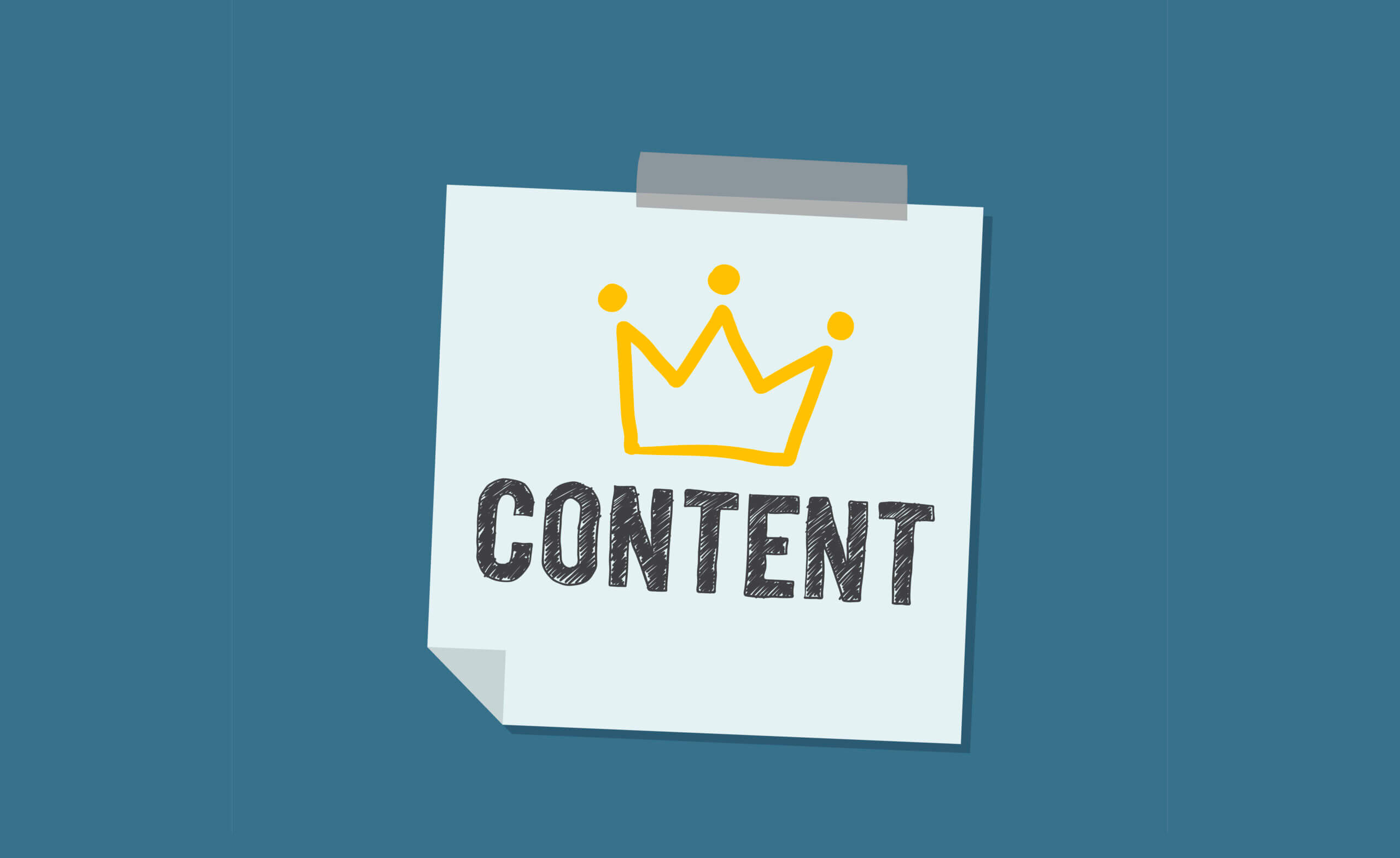“Know your member” is the first rule of credit union marketing. Knowing your member includes understanding the demographics of your membership such as age, income and education level, then using that information when marketing your products and services.
Sales & Marketing/
Advertising & PR
You have to terminate a project. You have to tell a job candidate she didn’t get the job. You have to tell your boss—or a client—you are unable to take on a new initiative. Whew! These may not be crucial conversations, but if they leave you feeling uncomfortable or if they place stress on key …
Planning can mean anticipating, preparing, and being able to predict or forecast possible events. It’s being able to schedule ahead. Some people set up blocks of time for work and availability and move them around to be able to handle situations. But how do you plan ahead for documentation projects? Here are some suggestions: If …
Mary got nervous every time her manager started a conversation with her. She was worried she would forget some critical piece of information. That anxiety interfered with her ability to focus and remember what was said. As a result, she tried to write down everything that was said during every conversation. Since we speak much …
You have inherited a document that no one is happy with. How do you find out not only what is wrong with it, but also how it should be changed to satisfy everyone? Revising documents require excellent communications skills. You need to also think about: What questions should be asked and who should be approached …
John was a great manager, good at his job and easy to get along with. But every now and then, he had days when his patience was thin, and he seemed distracted. His team knew when he was having a bad day, even before interacting with him. How did they know? Chances are, they noticed …
Is there such a thing as being able to minimize documentation? There is if you are creating reference sheets or so-called cheat sheets. These are quick reference guides. They are especially useful for referencing material such as scripts, codes, or shortcuts within science, games, writing, etc. They exist for any topic or any field. They …







